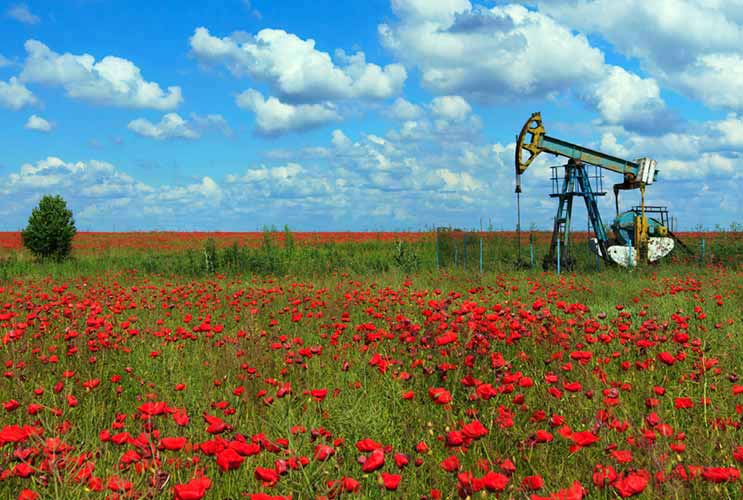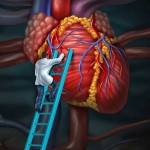
In a nutshell, hydraulic fracturing, or fracking, involves drilling several deep holes, connecting them with long tunnels, setting off small underground explosions to create fractures in the shale and pumping them at high pressure with a mixture of water, chemicals and sand. This causes the fractures to expand and release natural gas. This is an old mining method but recent advancements enable horizontal drilling, making it possible to release much more natural gas.
This means fracking, as it is done today, is newer technology with a host of ethical and environmental impacts that we simply cannot yet completely understand. William Stringfellow from Lawrence Berkley National Laboratory, speaking at the 248th ACS National Meeting & Exposition in San Francisco said, “Right now, public knowledge is limited. So we want to resolve exactly what chemicals are being used in fracking fluids. And then to examine their hazards and risks.”
Since August is National Water Quality Month—and there is much debate over how fracking will affect our water supply—we thought we’d clue you in on 15 fracking facts you need to know to help determine your stance on the issue.
1. It’s common.
According to the NY Times, “Approximately one million American wells have been fracked since the 1940s.”
Read Related: 10 Water Activities to Build Your Core











